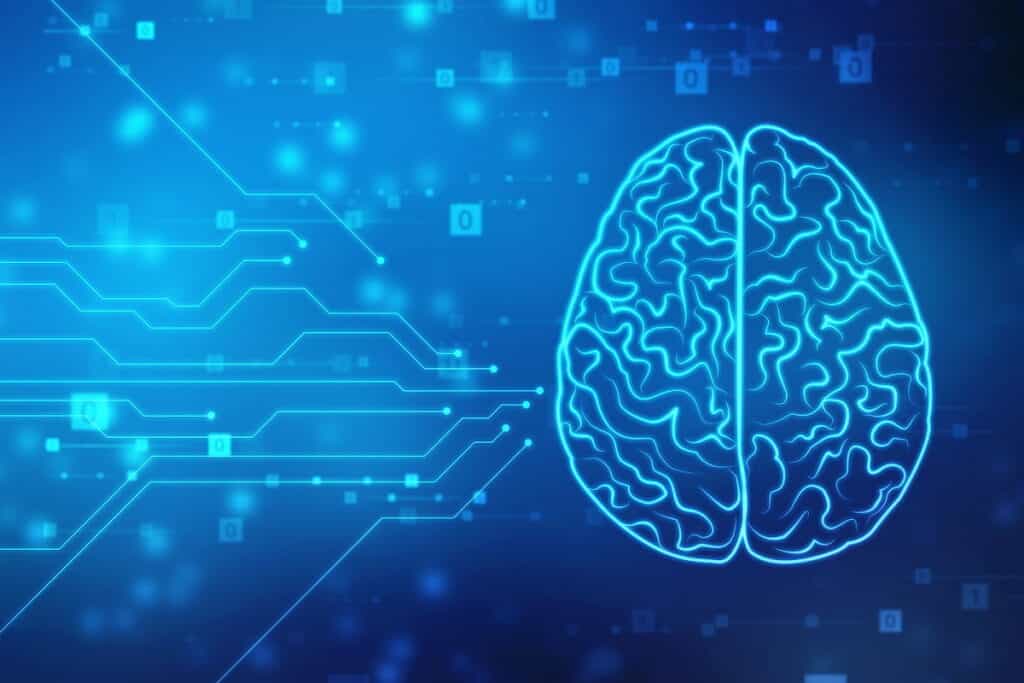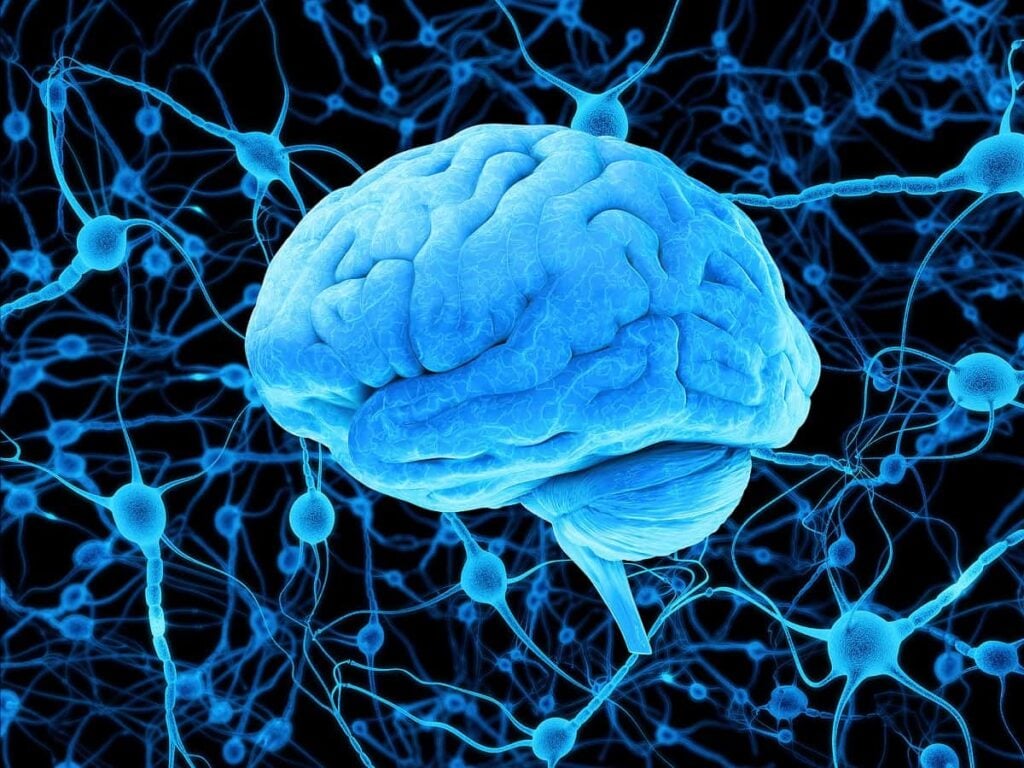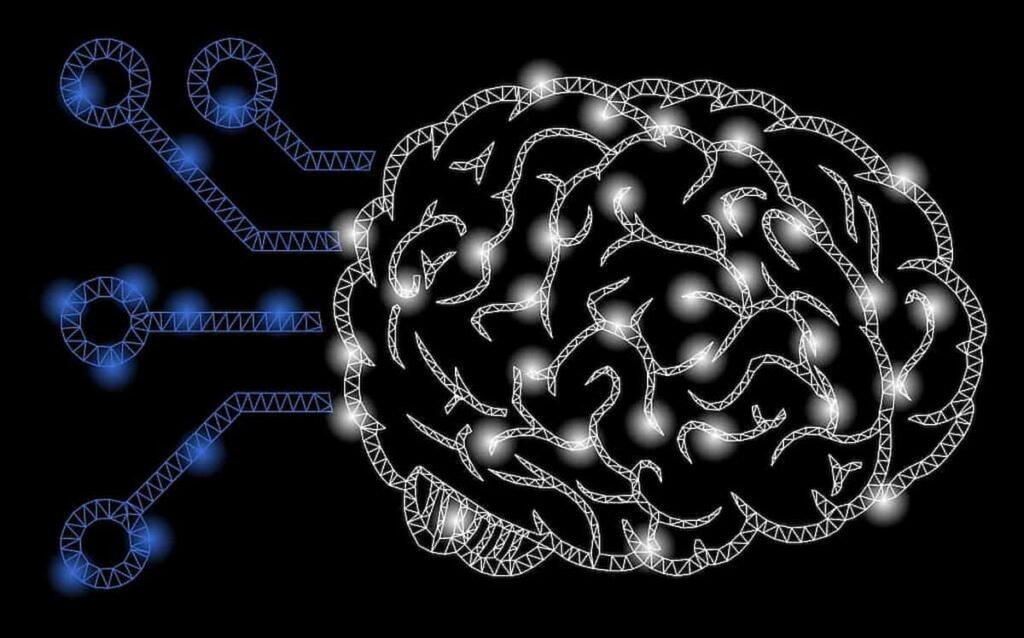Neuroprosthesis vs. Neuromodulation – Why it Matters
Table of contents
Table of contents

This may be the single most boring title for an article we’ve ever chosen, but we promise you that it’s an interesting and relevant topic. In some recent articles, we introduced a small niche of technology under brain-computer interfaces called neuroprosthesis in which devices can substitute your brain’s motor, sensory or cognitive functions that might have been damaged as a result of an injury or a disease. In other words, we’re talking about augmenting the human brain with technology. How cool does that sound? In our articles, we explored a future where we can control things with our minds using brain-computer interfaces and we listed ten start-up companies to watch in this space. Three of these ten start-up companies are into neuroprosthesis and are challenging conventional technologies:
- Kernel Co. – Putting chips in your brain for storage
- NeuroLutions – Robotic prostheses that are controlled with the mind
- BrainRobotics – Robotic exoskeleton for stroke victims
Before you start typing the keyword “neuroprosthesis” in Google to find out more about these start-ups, we need to give you a heads up that some companies may inadvertently be listed under neuroprosthesis when in fact they are not. There is a difference between “neuroprosthesis” and “neuromodulation” and you can’t just use these two terms interchangeably.
Neuroprosthesis vs. Neuromodulation
We’ve already defined neuroprosthesis, so now let’s define neuromodulation which is also referred to as neurostimulation. The technology behind neuromodulation medical devices precedes neuroprosthesis and is defined as follows:
Therapeutic neuromodulation is the alteration of nerve activity through targeted delivery of a stimulus, such as electrical stimulation or chemical agents, to specific neurological sites in the body.
These devices, which function much like pacemakers, stimulate the nerves of certain organs through programmed electrical signals and are classified as devices that:
- Alleviate or manage pain;
- Prevent seizures or tremors brought about by diseases; and
- Restore functions of internal or visceral organs.
Let’s take a look at some of the companies working on neuromodulation or neurostimulation.
Medtronic Inc. (NYSE: MDT) of Dublin, Ireland, is currently marketing devices under all of the categories above. The Company is marketing Neurostimulators for alleviating pain, Activa for Deep Brain Stimulation Therapy to address tremors from Parkinson’s disease, and the InterStim® System for bladder dysfunction. The InterStim® System was a result of the $42 million acquisition by Medtronic of NDI Medical’s MEDSTIM® system in April 2008. MDT posted revenues of $28.8 billion in 2016. About 25% ($7.2 billion) of net sales are attributed to restorative therapies which include neuromodulation. Not a pure-play by any means, but MDT is certainly looking like the market leader in neuromodulation. They’re also a great stock to own for a dividend growth investing (DGI) portfolio.
Companies into the neuromodulation market for alleviating pain are Boston Scientific Corporation, Nevro Corporation, and St. Jude Medical.


Medical device maker St. Jude Medical (NYSE:STJ) was acquired by $78 billion healthcare company Abbott Laboratories (NYSE:ABT) just last month. The acquisition of St. Jude Medical allowed Abbott to get into the neuromodulation market with the External Pulse Generator (EPG) for pain relief) and the Deep Brain Stimulation (DBS) System. In their last quarter of reporting, STJ brought in $141 million in neuromodulation revenues. Last quarter, ABT had $5.3 billion in total revenues which means the acquired neuromodulation products are merely a drop in the bucket for ABT.
For preventing seizures and tremors brought about by diseases like epilepsy or Parkinson’s disease Cyberonics, NDI Medical, and Aleva Neurotherapeutics SA stand out in this segment.



Conclusion
Now, you know how to differentiate a company into neuroprosthesis and a company into neuromodulation. So why are we focusing in on semantics here? Because investing in neuroprosthesis and investing in neuromodulation are two entirely different animals.
In the first case, we’re investing in a technology that lets you control things with your brain and do things like communicate with computers a million times faster instead of pecking away on keyboards like cavemen. In the second case, we’re investing in technology that has been around for a while and serves to stimulate nerve activity using any number of ways for any number of reasons. That’s cool and all, but we’re more interested in technology that will improve our relationship with computers exponentially – like brain computer interfaces and neuroprosthesis. That’s the technology we want to be investing in right now.
Sign up to our newsletter to get more of our great research delivered straight to your inbox!
Nanalyze Weekly includes useful insights written by our team of underpaid MBAs, research on new disruptive technology stocks flying under the radar, and summaries of our recent research. Always 100% free.














Surprised to see a list/overview like this with no reference to Galvani, the bioelectric medicine spinoff from GSK. How do you see bioelectric medicine fitting into the world of neuromodulation and neuroprosthetics?
Thank you for the comment Christopher!
Galvani Bioelectronics is led by Kristoffer Famm (also GSK’s Vice President of Biolectronics R&D) who published an article in Nature entitled “Drug discovery: A jump-start for electroceuticals” (Nature 496, 159–161 [11 April 2013] doi:10.1038/496159a). The concept of electroceuticals fits the definition of neuromodulation but Famm explains the distinct difference. His concept targets specific interconnected cells, fibre tracts, and nerve bundles to introduce electric impulses to the specific cluster of cells. The paper is more of a “proof of principles in animal models” rather than a report of clinical trials. It may start getting attention once it presents clinical trial results. In theory, the article presents a compelling framework for an emerging technology if it can hurdle the current limitations of the power source. We will keep an eye on Galvani because it was created through a collaboration with GSK and Verily Life Sciences LLC (formerly Google Life Sciences).
Abbott has a much greater pull on the Neuromodulation market. Higher revenues then Nevro. This article only mentions a EPG they have both internal and external and partnered with Apple to be one of the first bluetooth medical technologies. Expected to surpass the big players in upcoming years considering how much they’ve invested in the market and the clinically superior technology with the launch of BurstDR. The only reason Boston bought Cosman was to compete with Abbott due to there high loss of market share after the formally St Jude Medical bought Neurotherm.
Thank you for the added detail Janette!